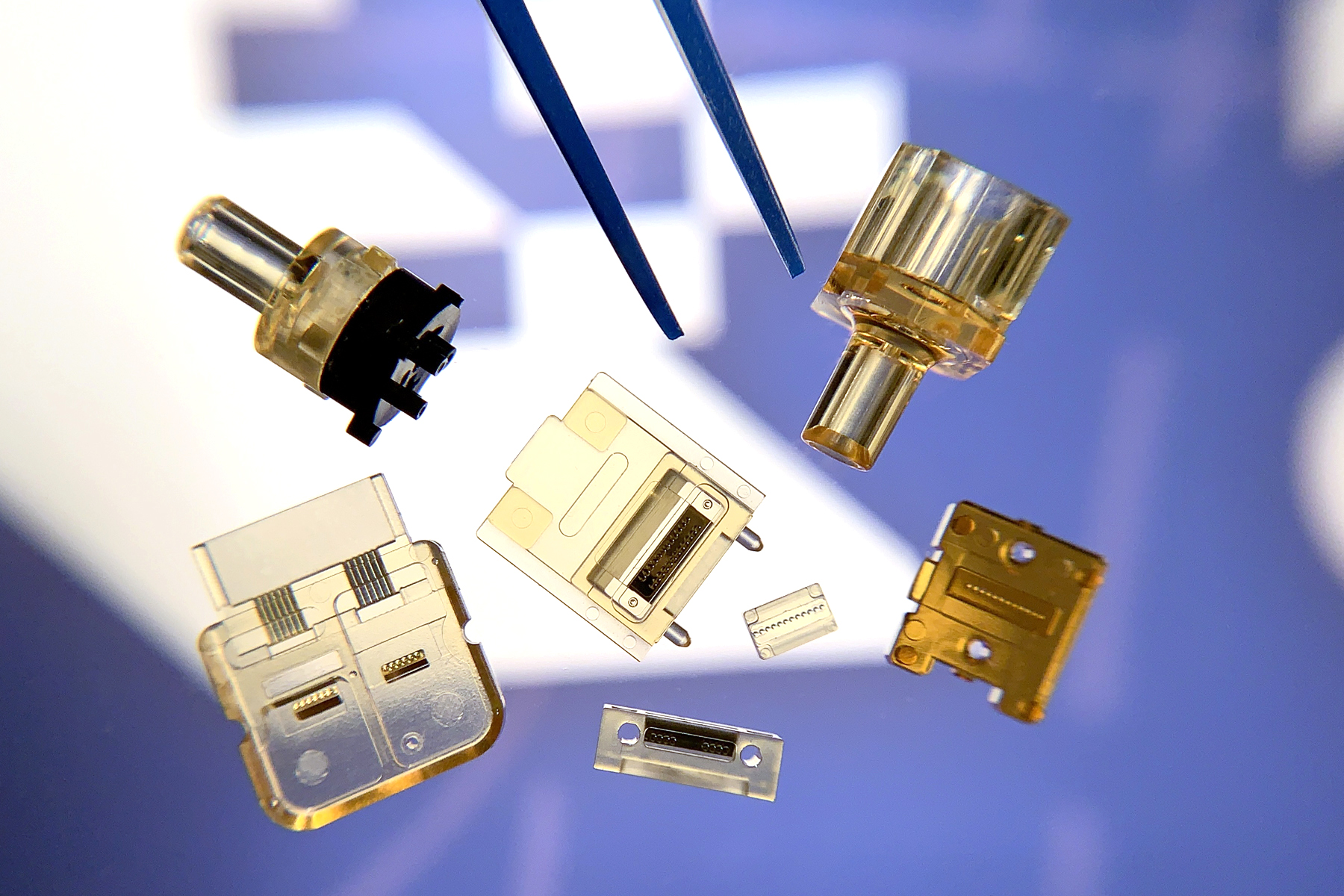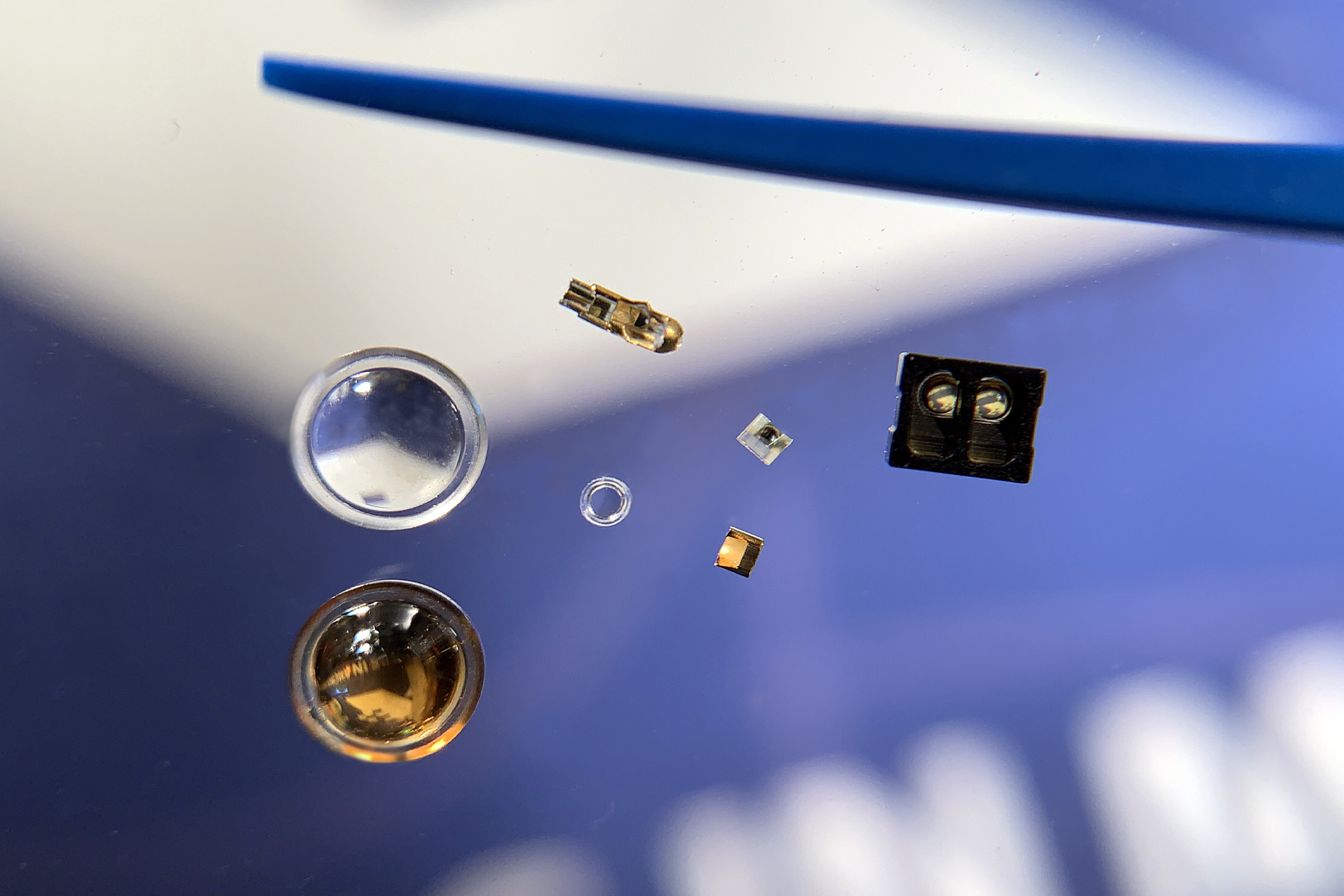
By Aaron Johnson, VP of Marketing and Customer Strategy, Accumold
Customers looking to embrace the micromolding of parts or components need to understand what micromolding can do in terms of stimulation of innovation, what it can deliver in terms of manufacturing efficiency and what — above all — it can do to achieve increased functionality in parts that are often required to be smaller and smaller.
Accumold has spent decades refining the art and science of micro molding and understands the complexities of molding at the micro-scale. This allows the customer to focus on the outcomes. How can you work together with your chosen molder to achieve your product goals, and how can you do this cost-effectively, and ultimately scale up to reliable and repeatable volume production?
So in this article, the focus will be on what influences the ability of micro molders to mass manufacture successfully, and what influences the process of developing micro parts and components. What is it that makes the partnership between you and your chosen micro molder tick, and therefore achieve your goals?
Micro molding
Micro molding often necessitates the accomplishment of exacting, and sometimes seemingly impossible, tolerances. Clients may require minuscule parts, smaller than a grain of salt, or with sub-micron feature sizes. When such micron tolerances are significant, the customer and micro molding provider must form a special, more intimate partnership for product development. Consequently, the micro molder must take charge and innovate within all aspects of the supply chain.
 Manufacturers not used to such exacting tolerances may think it impossible to mass-produce parts with such minuscule dimensions and levels of accuracy, yet micro molders do this every day. It's especially challenging when dealing with parts as light as 0.001 grams that are needed for safety-critical applications, where zero failure rates must be observed.
Manufacturers not used to such exacting tolerances may think it impossible to mass-produce parts with such minuscule dimensions and levels of accuracy, yet micro molders do this every day. It's especially challenging when dealing with parts as light as 0.001 grams that are needed for safety-critical applications, where zero failure rates must be observed.
Not only do micro molders need to make tiny parts with tiny features in a repeatable manner and achieve micron tolerances, but they also need to do so in a cost-effective and timely manner as well. Hence, we must avoid having to go back to the drawing board with our designs, reviewing and changing manufacturing processes, and re-cutting already expensive and time-consuming micro-tools. "Get it right the first time" is the headline of every activity.
A successful micro molder must understand CTQs (Critical to Quality characteristics) to manufacture parts. These characteristics encompass molding, assembly, and packaging as well as the product's functionality in terms of the end-user experience.
Value-stream thinking — from concept to order fulfillment — drives customer value. Vertical integration reduces silos and suboptimal processes by reducing the length of the value stream. Essentially, the longer the value stream, the more disconnected it becomes, and the more variables that can cause customer problems will be introduced.
Attaining volume
Customers demand the best products at a competitive cost. Voice of the Customer data allows micro molders to identify essential characteristics that need monitoring at production. Setting cost also includes factors such as timetables, eliminating defects, and maintaining consistent supply. Micro molders should seek to provide top-quality products via validated processes with quick turnaround times. This can only be accomplished by having vertically integrated processes and validating them thoroughly.
So, when shortlisting potential micro molding suppliers, from a production standpoint, some key questions need to be asked to ensure that the micro molder is equipped to achieve often exacting objectives. First, do you design, build, and maintain your molds? Second, what measurement capabilities do you have on-site? Third, what are the methods of validation you use? Last but not least, what resins have you experienced using in production?
VOCs play a significant role in the success of micro-molded products. However, the end user isn’t just the customer. There are customers throughout the entire value chain. Concerns can be raised and quickly resolved when the value stream is shorter and more centrally located.
Assembling
When dealing with miniaturized plastic parts and components, the assembly must be brought up early in the design process. This calls for effective collaboration between OEM and the micro molder. The manual assembly of micro components is usually too expensive and very precise sub-micron tolerances can't be achieved by human hands – thus automated assembly is necessary. This also means that OEMs have to pick a micro molding provider capable of recognizing the principles of micro-assembly and achieving extreme exactitude.
A laser-like focus on design for micro-manufacturing (DfMM) is essential for the success of any product development process, including assembly. Micro molding projects present a unique challenge in that they involve more variables and require more precision than typical projects. It can be difficult to feed, inspect and manipulate these parts without causing damage, as well as capturing and orientating them after molding. Capturing parts at the mold ejection stage coupled with immediate assembly is often the most effective way to assemble micro-molded parts with minimal waste.
To maintain margins and provide a product to the market at an affordable price, such considerations should all be bottomed-out at the design stage.
What this means
Before embarking on a micro molding project, customers should focus on the mold design, mold build, and quality measuring capabilities of the vendor they are engaging to mold their parts. If molders cannot design, build, and measure high-quality molds to extremely tight tolerances they will struggle to produce consistently high-quality parts to tight tolerances. Producing products to specifications that only allow microns of variations to a specification is much more challenging than producing a product with significantly larger variation allowances. A poorly designed and built tool can eat up your entire variation before you even mold a part, essentially killing the project.
So, focus on your chosen supplier’s capabilities in these areas rather than worrying about the way the micro molding process works per se. It should be a given that a micro molder can micro mold, and therefore take away the headache of you needing to understand the process. It is not a given, however, that a micro molder can work with you and have the capabilities beyond molding to guarantee product success and volume production.
